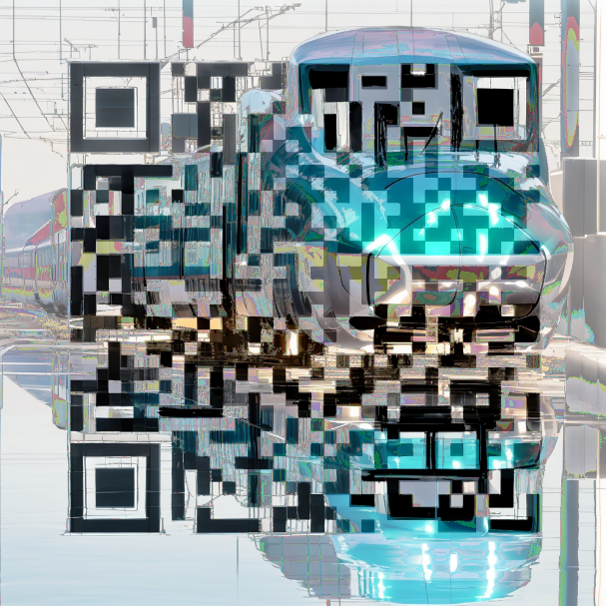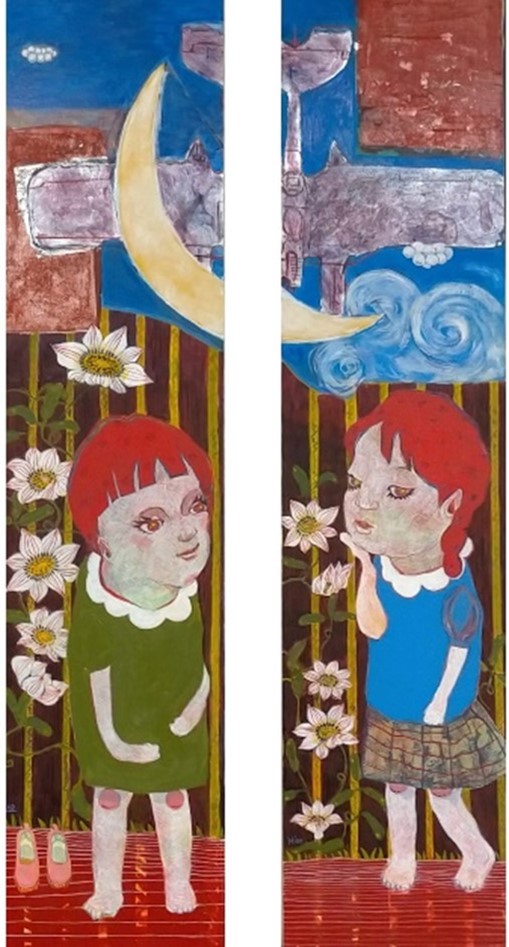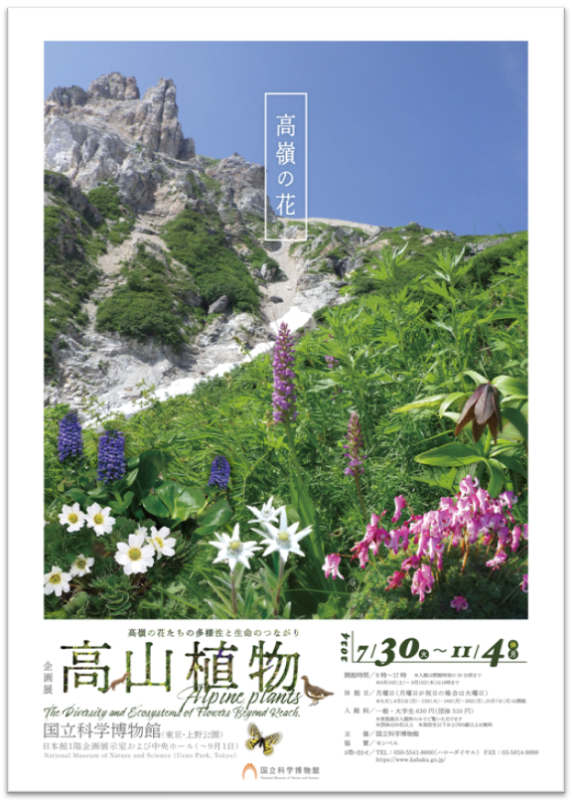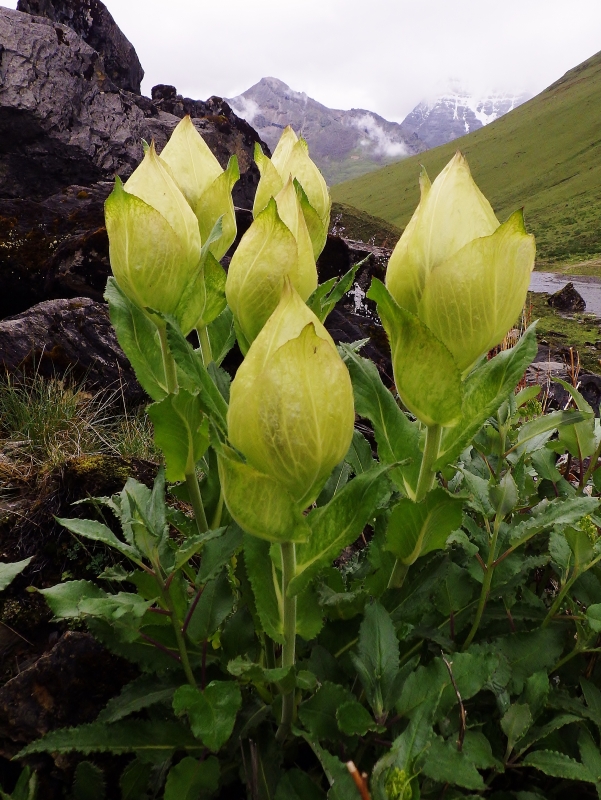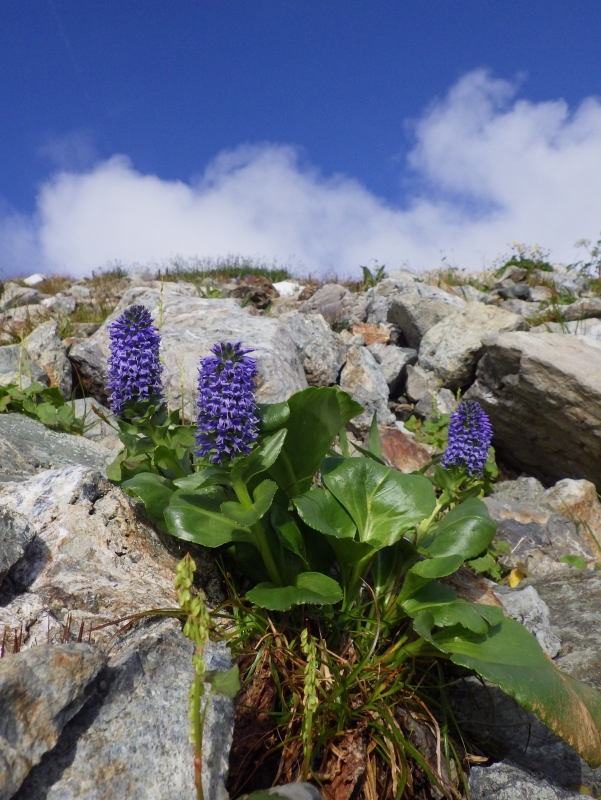
Participating artists: Akiko Nakayama, Eiichi Sawado, and others
The food court, produced by J-WAVE’s event “INSPIRE TOKYO,” will be held from Friday, October 25th.
The Ueno Tourism Association will be holding a light art event called “Peace of Light” around Shinobazu Pond in Ueno Park, an urban oasis.
The art installation on the banks of Shinobazu Pond (Saturday, October 26th and Sunday, October 27th) and the live performance on the Waterside Music Hall Outdoor Stage (Saturday, October 26th) will be performed by painter Akiko Nakayama, with music by Eiichi Sawatari.
The food and beverage area, which will open in advance from Friday, October 25th, is produced by “INSPIRE TOKYO,” an event hosted by the radio station J-WAVE (81.3FM). A wide variety of delicious food and drinks will be available, from piping hot dogs and hamburgers to international food such as Vietnamese, Palestinian, and Korean cuisine, to craft beer, freshly brewed coffee, and sweets. This fall, be sure to enjoy art installations, music, and food by Shinobazu Pond in Ueno Park.
[Date, Time and Location]
“Peace of Light”
– Art installation: Akiko Nakayama and Eiichi Sawatari’s new video “Melting Waterscape”
Location: Shinobazu Pond, Ueno Park (in front of the Lotus View Deck)
Saturday, October 26, 2024 and Sunday, October 27, 2024 from 12:00 to 22:00 (free admission)

・Live performance
“Alive Painting” is constantly transforming, using the energy of Akiko Nakayama’s colors and flow.
A fusion of music played by Eiichi Sawatari!

Location: Ueno Park Water Music Hall Outdoor Stage
Held only on Saturday, October 26, 2023. Doors open at 17:00. Performance begins at 17:30 and ends at 20:00. *Advance tickets (500 yen including tax) are on sale at Lawson Ticket . https://l-tike.com/search/?keyword=70391
* Same-day tickets (500 yen including tax)
* Attendees will be given a glow stick wristband as a special gift (present your wristband at participating stores in Ueno Shopping Street after the show to receive the special gift only on Saturday, October 26th).
*Proceeds from admission fees will be donated to Ukraine’s humanitarian crisis relief fund through the Japanese Red Cross Society.
Scheduled artists: Akiko Nakayama, Eiichi Sawatari, style-3!, Aoi MichelE
■Akiko Nakayama Profile

He will perform a performance called “Alive Painting,” in which he creates pictures by using various materials, from liquids to solids, to react with each other.
He vividly depicts all manner of phenomena and colors in his work as metaphors for living things and relationships.
The works, in which various mediums and colors blend together and change, are like improvised poetry.
In recent years, he has worked on projects such as the Ars Electronica festival (Linz, Austria), MUTEK Montreal, the closing ceremony of the Tokyo 2020 Olympics, and the opening video for the historical drama “Hikaru Kimi e.”
https://www.akikopainting.com
・Food and drink area produced by “INSPIRE TOKYO” (free admission)
Location: Shinobazu Pond, Ueno Park (in front of the Lotus View Deck)
Friday, October 25, Saturday, October 26, Sunday, October 27, 2024 12:00-21:00
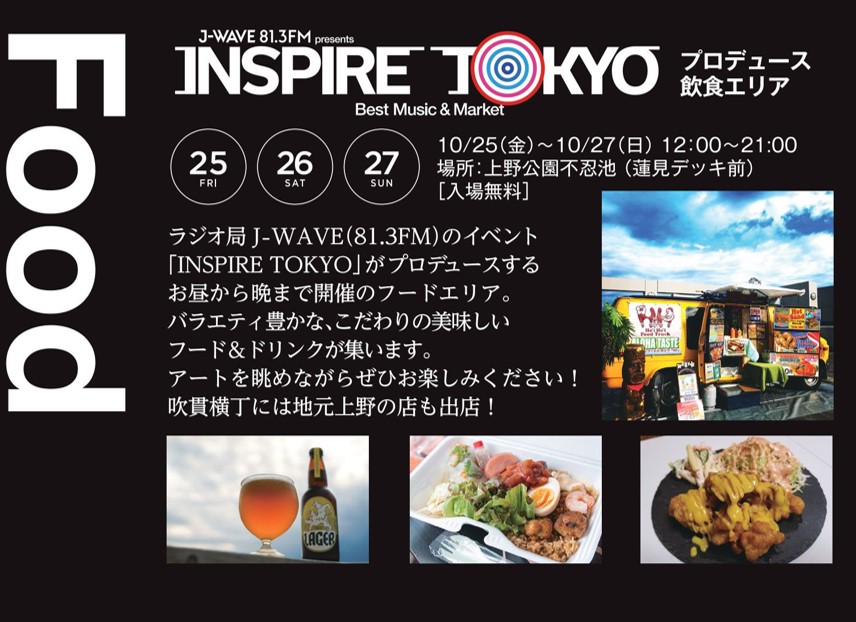
*All events will proceed rain or shine, but will be canceled if there is severe weather.
In addition, a digital stamp rally will be held at the same time, where you can win tickets to the live performance at the Mizukami Music Hall Outdoor Stage on Saturday, October 26th!
Check out the official website for more details!
■Organizer: Ueno Tourism Association, Supported by: Taito Ward, J-WAVE
*For more information, please visit the Peace of Light official website.
URL: https://ueno.or.jp/peaceoflight/
From the press release of Daiichi Tsushinsha Co., Ltd.
Article provided by: Kokosil Ueno
See other exhibition information












